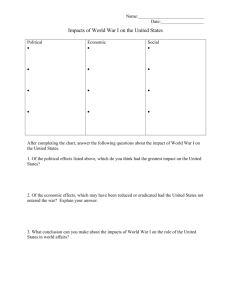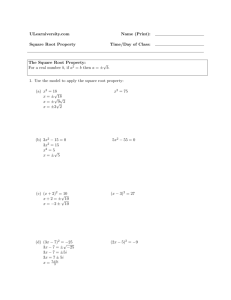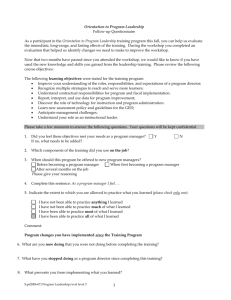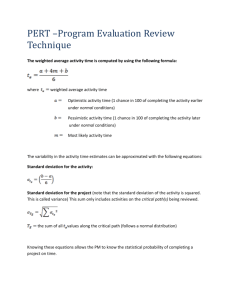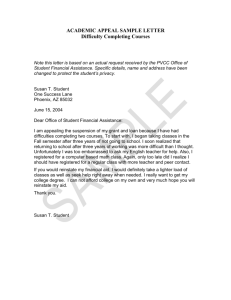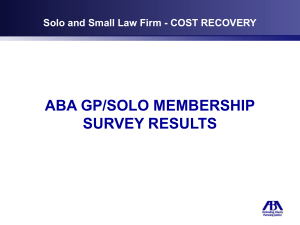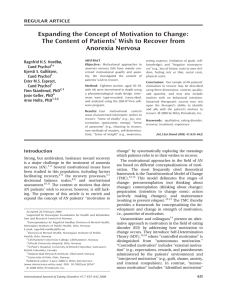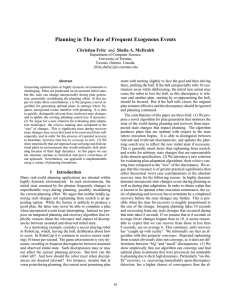Percent Error
advertisement
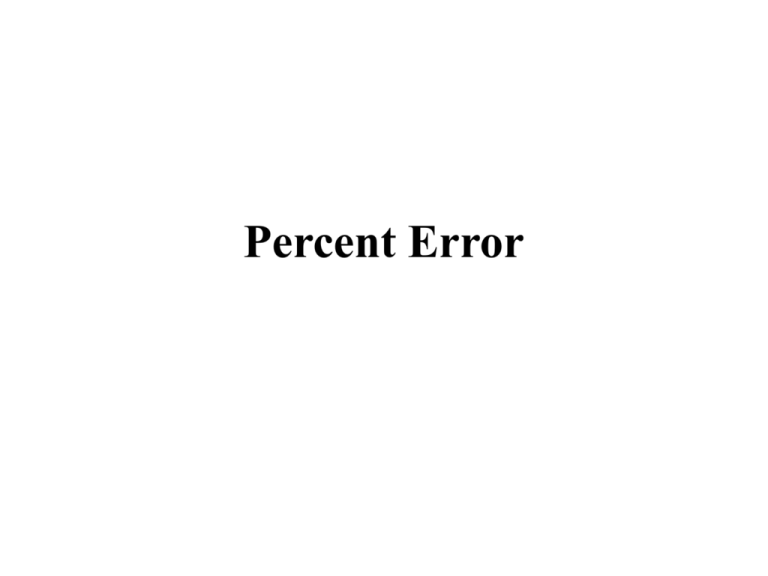
Percent Error Anytime an experiment is conducted, a certain degree of uncertainty must be expected. 3 reasons you might have an error in a measurement. 1. physical errors in the measuring device Example 1: Your thermometer was dropped and has small air bubbles in it. 2. improper or sloppy use of measuring device Example 2: When you used your thermometer, you measured the values in Fahrenheit instead of Celsius. 3. ambient conditions (temperature, pressure, etc.) Example 3: Measuring the length of a piece of wood outdoors in the winter using a metal ruler, you forget that metal contracts in the cold making the ruler shorter. Which is more accurate? After completing an experiment, student A measures a volume of 196.5 mL of his product. He should have been able to recover 200 mL of the product. After completing the same experiment, another student measures a volume of 34.5 mL of product. She should have been able to recover 36.0 mL of the product. Calculating Errors There are three common ways to calculate your error 1. Absolute error 2. Percentage error 3. Percentage difference. Absolute Error Absolute Error is when you subtract the accepted value from your measured value… Absolute Error = Measured Value - Accepted Value A positive answer means you are over the accepted value. A negative answer means you are under the accepted value Back to our example… After completing an experiment, student A measures a volume of 196.5 mL of his product. He should have been able to recover 200 mL of the product. Absolute Error = Measured Value - Accepted Value Absolute Error = 196.5 mL – 200 mL = -3.5 mL After completing the same experiment, another student measures a volume of 34.5 mL of product. She should have been able to recover 36.0 mL of the product. Absolute Error = Measured Value - Accepted Value Absolute Error = 34.5 mL – 36.0 mL = -1.5 mL Percent Error Percentage Error is the most common way of measuring an error, and often the most easy to understand. Percentage Error = absolute error 100 accepted value Back to our example… After completing an experiment, student A measures a volume of 196.5 mL of his product. He should have been able to recover 200 mL of the product. absolute error 100 Percentage Error = accepted value 196.5 200 100 200 1.5% After completing the same experiment, another student measures a volume of 34.5 mL of product. She should have been able to recover 36.0 mL of the product. absolute error 100 Percentage Error = accepted value 34.5 36 100 36 4.3%


